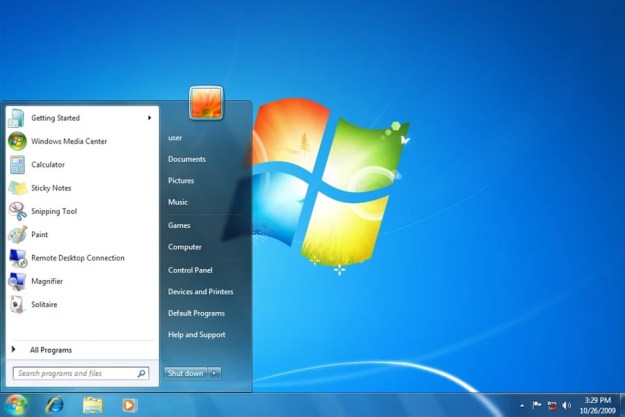
Now, apparently, Microsoft is ready to take yet another step in its transition from the old to the new. It seems that the newest — and unofficial — Windows Insider preview version of Windows 10 is using a new Green Screen of Death (GSOD), as MSPU reports.
Cool to read all the new features people discover in the leaked builds, but they missed a big change!, Huge change!. curious when its found.
— Matthijs Hoekstra (@mahoekst) December 27, 2016
The initial reports were from Twitter, via a tweet sent out by Microsoft Senior Program Manager Matthijs Hoekstra. One of the first Windows Insiders to locate the new GSOD was Twitter user Chris123NT.
@mahoekst so on a hunch I tried to force a bug check and well, yeah… pic.twitter.com/iKeDPT5wu6
— Chris123NT (@Chris123NT) December 29, 2016
Of course, Microsoft’s being a bit tongue-in-cheek about the entire thing. In fact, as Hoekstra later clarified, the GSOD is a feature of the Windows Insider program to help Microsoft engineers differentiate between stop screens issued by the production version of Windows 10 and those that come from Windows Insider preview versions.
The new GSOD is showing up in a leaked preview version of Windows 10, build 14997, that made its way to the internet over the holiday break. The new build offers up some interesting new Creators Build features like Start Menu folders, Cortana joining in on the out-of-box-experience (OOBE), Edge browser enhancements, and a blue-light reduction function to reduce eye strain.
Nevertheless, from now on, anyone within earshot of a Windows 10 user who suffers a crash will know if they’re a Windows Insider as they yell “GSOD!” into the air instead of “BSOD!” And Microsoft engineers will be able to take a quick look at screenshots to know if it’s production Windows 10 or the Windows Insider version that’s having issues. And while that’s yet another change to get used to, it should make everyone’s life a little simpler — and a bit more colorful.
Editors' Recommendations
- Windows 11 tips and tricks: 8 hidden settings you need to try
- Windows 11 vs. Windows 10: finally time to upgrade?
- Microsoft plans to charge for Windows 10 updates in the future
- The best Windows apps for 2023
- The best Windows 10 keyboard shortcuts


